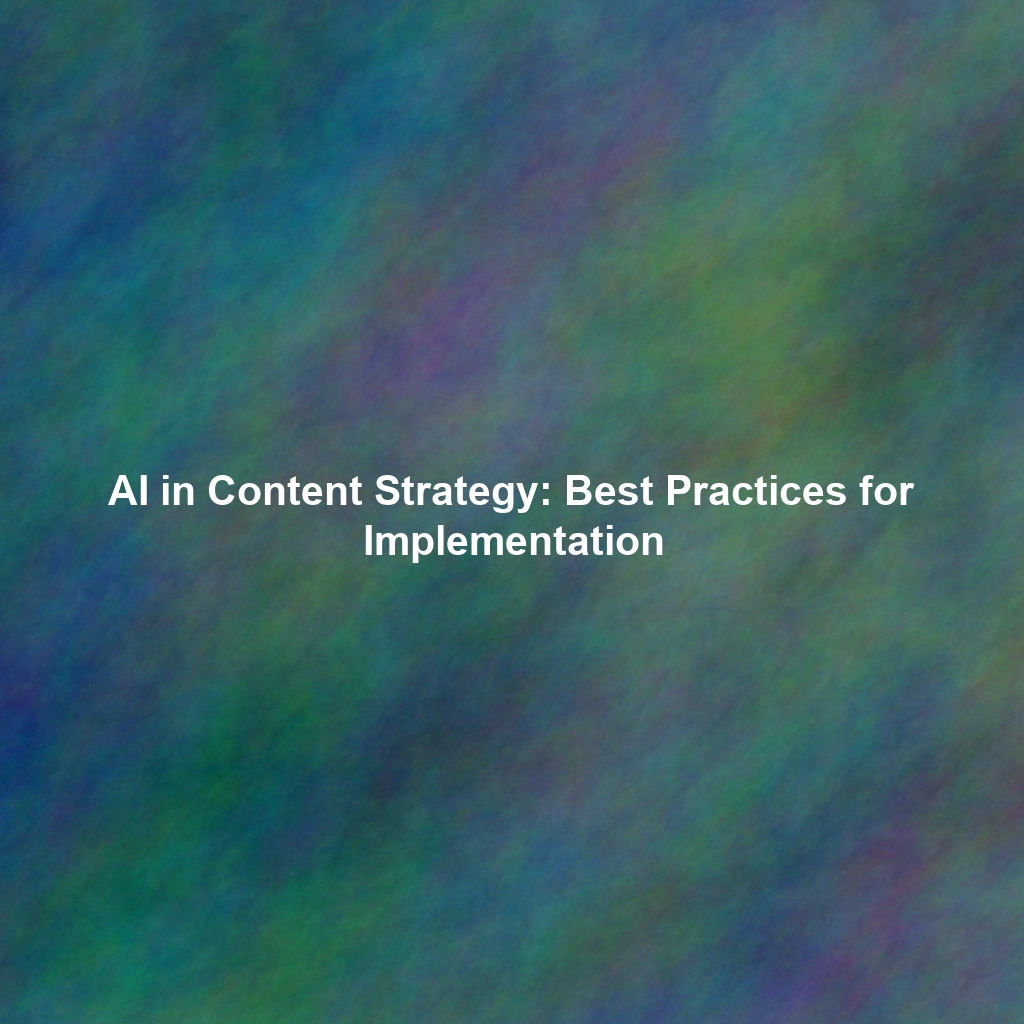In the competitive world of online selling, standing out from the crowd is crucial for success. While Etsy provides a platform for showcasing unique handmade and vintage items, simply listing your products isn’t enough. To truly thrive, Etsy sellers can take a page from the playbook of Software as a Service (SaaS) companies, particularly in the realm of Search Engine Optimization (SEO). SaaS businesses understand the importance of attracting organic traffic through meticulously optimized website content. This article explores how Etsy sellers can apply similar principles of on-page optimization to their product listings, focusing on titles, descriptions, and tags to boost visibility and sales.
Thinking Like a SaaS Company: Keyword Research for Etsy
Before diving into optimizing your Etsy listings, you need to understand what keywords your target customers are using to find products like yours. SaaS companies invest heavily in keyword research to identify terms with high search volume and relevance. Etsy sellers should do the same.
How to Conduct Keyword Research for Etsy
- Etsy Search Bar: Start by typing potential keywords into the Etsy search bar. Pay attention to the suggested terms, as these are popular searches on the platform.
- EtsyRank: Tools like EtsyRank provide valuable insights into keyword search volume, competition, and related terms.
- Google Keyword Planner: While primarily designed for Google Ads, this tool can also help you identify keywords that people use to search for similar products on Google, which can translate to Etsy searches.
- Competitor Analysis: Analyze the titles, descriptions, and tags of successful Etsy sellers in your niche to identify relevant keywords.
- Customer Feedback: Pay attention to the language your customers use in reviews and messages. This often reveals the *exact* keywords they use when looking for products like yours.
Crafting Compelling Etsy Titles: The SaaS Headline Strategy
Your Etsy listing title is like the headline of a SaaS company’s landing page. It’s the first thing potential customers see and plays a critical role in capturing their attention and influencing their click-through rate. A well-optimized title should be clear, concise, and include relevant keywords.
Best Practices for Etsy Titles
- Include Primary Keywords: Incorporate your most important keywords early in the title. For example, instead of “Cute Handmade Earrings,” try “Handmade Earrings – Sterling Silver Dangle Earrings – Gift for Her.”
- Be Specific: Provide detailed information about the product, such as materials, colors, and style.
- Use Long-Tail Keywords: Target longer, more specific phrases to attract customers who know exactly what they’re looking for. For example, “Boho Macrame Plant Hanger for Indoor Plants Small” is a long-tail keyword.
- Consider the Customer’s Intent: Think about what a customer might type into the search bar when looking for your product.
- Don’t Stuff Keywords: While it’s important to include keywords, avoid keyword stuffing, which can make your title sound unnatural and potentially hurt your search ranking.
Writing Detailed Etsy Descriptions: Answering Customer Questions Like a SaaS FAQ
Your Etsy listing description is your opportunity to provide potential customers with all the information they need to make a purchase decision. Think of it as a SaaS company’s FAQ page – anticipate customer questions and provide clear, informative answers. A well-written description not only improves the customer experience but also enhances your SEO.
Key Elements of an Effective Etsy Description
- Start with a Hook: Begin with a compelling opening sentence that grabs the reader’s attention.
- Highlight Key Features and Benefits: Clearly describe the product’s features and explain how those features benefit the customer. Focus on solving their problem or fulfilling their desire.
- Include Dimensions and Materials: Provide accurate and detailed information about the product’s size, weight, and materials.
- Mention Care Instructions: Explain how to care for the product to ensure its longevity.
- Use Keywords Naturally: Weave relevant keywords throughout the description in a natural and conversational way.
- Tell a Story: If appropriate, share the story behind the product or your inspiration for creating it. This can help build a connection with the customer.
- Call to Action: Encourage customers to add the item to their cart or contact you with questions.
- Format for Readability: Use headings, bullet points, and white space to make the description easy to read and scan.
Strategic Use of Etsy Tags: Expanding Your Reach Like a SaaS Marketing Campaign
Etsy tags are essential for helping customers find your products through search. Think of them as the targeted keywords in a SaaS marketing campaign, helping you reach the right audience. Each listing allows for 13 tags, so use them wisely.
Tips for Optimizing Etsy Tags
- Use All 13 Tags: Maximize your visibility by using all available tags.
- Mix Broad and Specific Keywords: Include a combination of broad terms (e.g., “earrings”) and more specific phrases (e.g., “sterling silver dangle earrings”).
- Use Long-Tail Keywords: Target longer, more specific phrases to attract customers who know exactly what they’re looking for.
- Consider Synonyms and Variations: Use different words and phrases to describe your product. For example, if you’re selling a “knit hat,” also include tags like “beanie,” “winter hat,” and “woolen cap.”
- Don’t Repeat Words: Avoid repeating the same words in different tags. For example, instead of using “blue earrings” and “blue necklace,” use “blue earrings” and “necklace for women.”
- Research Trending Tags: Stay up-to-date on current trends and incorporate relevant tags into your listings.
- Consider Occasions: Tag your items with relevant occasions, like “Christmas gift,” “Birthday present,” or “Wedding favor.”
Beyond the Basics: Continuous Improvement and Analysis
Just like SaaS companies constantly analyze their website performance and make adjustments based on data, Etsy sellers should regularly review their listing performance and make improvements. Use Etsy Stats to track your views, visits, and sales, and identify areas where you can optimize further. A/B test different titles, descriptions, and tags to see what works best. Remember that SEO is an ongoing process, not a one-time task.
Conclusion: Embracing a Data-Driven Approach
By adopting a SaaS-inspired approach to on-page optimization, Etsy sellers can significantly improve their search visibility and attract more customers. Mastering titles, descriptions, and tags is essential for success on the platform. Remember to conduct thorough keyword research, craft compelling and informative content, and continuously analyze and refine your listings based on data. By embracing a data-driven mindset, you can unlock the full potential of your Etsy shop and achieve your business goals. Just as SaaS companies rely on SEO to drive growth, Etsy sellers can leverage these principles to thrive in the competitive online marketplace.
 Skip to content
Skip to content

